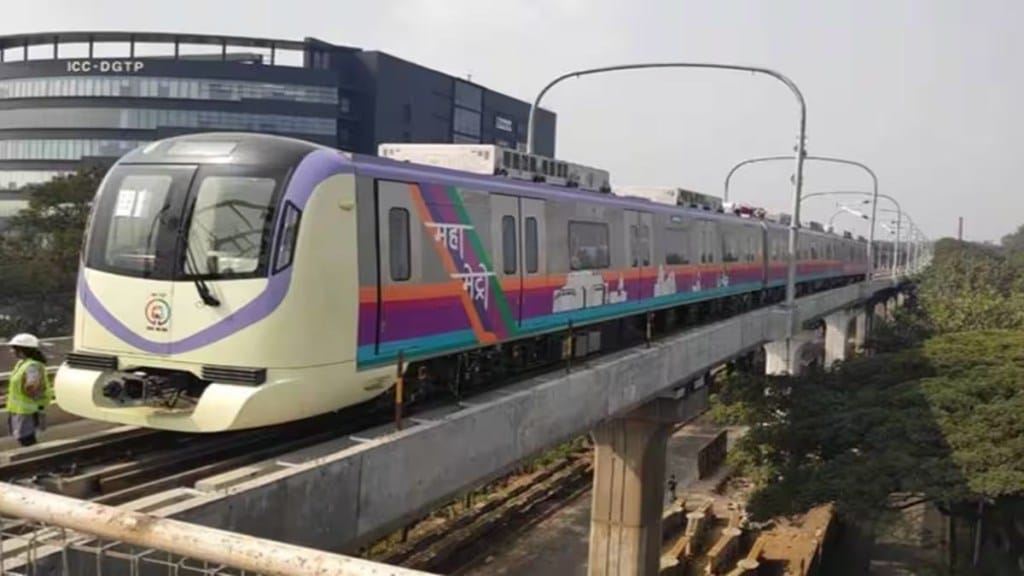The Pune Metropolitan Region Development Authority (PMRDA) is actively working on the development of Metro Lines 4 and 5 in Pune following approval from the Pune Municipal Corporation (PMC) to implement Phase 2 of the Metro rail project with an additional route of 113.23 km. PMRDA is already in the process of developing Metro Line 3, which connects Hinjewadi to Shivajinagar.
According to a report in The Indian Express, PMRDA has alreday received a detailed project report (DPR) from the Delhi Metro Rail Corporation (DMRC) for Metro Line 4, spanning from Shivajinagar to Loni Kalbhor, with extensions towards Saswad and Swargate.
Additionally, Maha Metro has prepared the DPR for Pune Metro Line 5, covering the route from Khadakwasla to Kharadi. Notably, a section from Swargate to Pulgate and Hadapsar is common to both of these lines.
To address the challenges associated with developing this shared stretch, the Pune Unified Mobility Transport Authority (PUMTA), under the leadership of the divisional commissioner, convened a meeting. During this meeting, PUMTA directed the PMRDA to appoint a transaction adviser (TA).
The TA’s role is to assess the most suitable development approach for the Metro lines, considering options like public-private partnership (PPP) and engineering, procurement, and construction (EPC). These evaluations will factor in financial feasibility, government risk, commuter convenience, fare structures, and interchange facilities. The recommendations made by the TA will guide decision-making within the authority.
PMRDA to study financial feasibility of routes
Raju Thanage, the executive engineer of the PMRDA, stated that they have initiated the process of seeking transaction advisory services specifically for Metro Line 4 and Metro Line 5 in Pune. The primary objective is to thoroughly assess the financial viability of these routes and determine the most appropriate development mode.
The pre-feasibility report will delve into the development modalities of these Metro lines, focusing on ensuring financial feasibility, risk mitigation for the government, and enhancing commuter convenience through fare structures and interchanges. Furthermore, the agency responsible for these services will propose a revenue model.
Ultimately, the agency will provide recommendations to the authority regarding the development of the entire length of these proposed Metro routes. These recommendations may encompass the execution of the projects in their entirety or in segments, with options for both PPP and EPC modes. Subsequently, these proposals will be submitted to the state government for a final decision on the preferred implementation mode.

